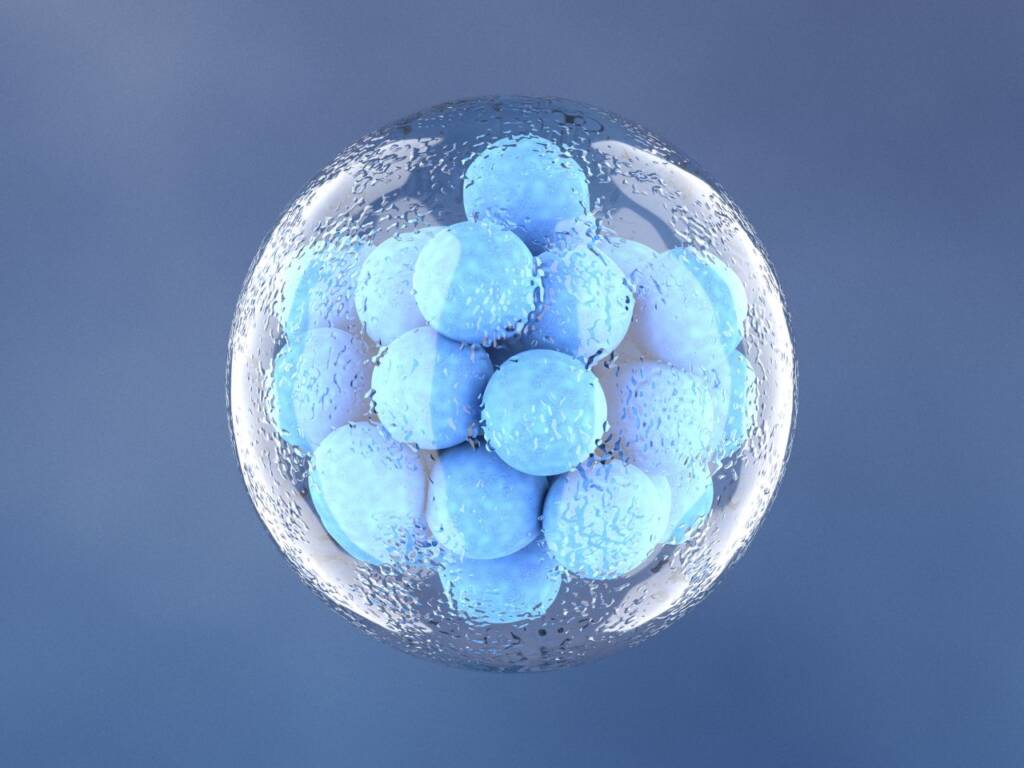Frozen Embryo Transfer (FET) is a pivotal step in assisted reproductive technology, offering hope to many aspiring parents. With advancements in cryopreservation techniques, FET has become a common and effective method in IVF treatments. This blog delves into the FET process, what patients can anticipate, and the success rates associated with it.
What is Frozen Embryo Transfer (FET)
FET involves thawing previously frozen embryos and transferring them into the uterus. These embryos could be from a prior IVF cycle or donor embryos. The process allows for flexibility in timing and can be scheduled when the uterine environment is most receptive.Verywell Family
The FET Procedure: What to Expect
- Preparation Phase
- Medical Evaluation: Before initiating FET, a thorough medical assessment is conducted to ensure the uterus is ready for implantation.
- Hormonal Therapy: Patients may receive estrogen and progesterone to prepare the endometrial lining. This can be administered orally, via injections, or through vaginal suppositories.Shady Grove Fertility
- Monitoring
- Ultrasounds and Blood Tests: Regular monitoring ensures the endometrial lining reaches optimal thickness and hormone levels are appropriate.
- Embryo Thawing and Transfer
- Thawing: Embryos are carefully thawed using advanced techniques to maintain viability.Life Fertility Clinic+1Reproductive Medicine Associates+1
- Transfer: A catheter is used to place the embryo into the uterus. The procedure is typically painless and doesn’t require anesthesia.
- Post-Transfer Care
- Rest: While immediate bed rest isn’t mandatory, patients are advised to avoid strenuous activities.
- Continued Medication: Hormonal support continues to aid implantation.
Pregnancy Test: Approximately two weeks post-transfer, a blood test determines pregnancy status.
Success rates for FET can vary based on several factors:
- Age: Younger women generally have higher success rates.
- Embryo Quality: High-quality embryos increase the likelihood of successful implantation.
- Uterine Health: A receptive endometrial lining is crucial.
On average, FET success rates range between 50% to 70% per cycle. Some studies suggest that FET may offer comparable or even higher success rates than fresh embryo transfers due to better synchronization between the embryo and the uterine environment.

Advantages of FET
- Flexibility: Embryos can be stored and used at a later, more suitable time.
- Reduced Risk: Lower chances of ovarian hyperstimulation syndrome (OHSS) compared to fresh cycles.
- Cost-Effective: Utilizing frozen embryos can reduce the need for repeated egg retrieval procedures.
FAQs
Typically, a waiting period of at least one full menstrual cycle (about 6-8 weeks) is recommended to allow the body to recover before proceeding with FET.
FET is generally safe, but like all medical procedures, it carries some risks, including the potential for multiple pregnancies and rare complications from hormonal treatments
No, the embryo transfer procedure is typically painless and doesn’t require anesthesia.
Yes, one of the advantages of FET is the flexibility to schedule the transfer at a time that aligns with both medical and personal considerations.
The number varies based on individual circumstances, but many clinics recommend transferring a single embryo to reduce the risk of multiple pregnancies.
Conclusion
Frozen Embryo Transfer is a testament to the advancements in reproductive medicine, offering patients increased flexibility and promising success rates. By understanding the procedure and setting realistic expectations, patients can navigate their fertility journey with confidence.



